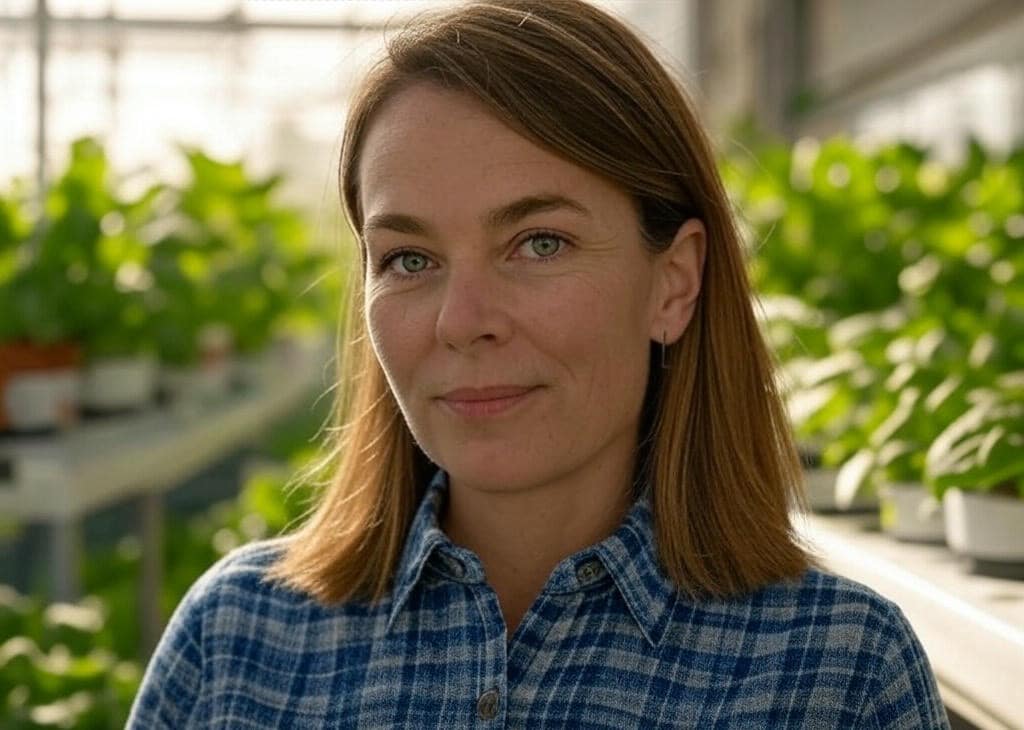Tasty Hydroponic Blueberries: The Tricky One!
Table Of Content
Hydroponic blueberries are a “high risk”/“high reward” crop. You don’t venture into water-grown blueberries if you’re not seriously devoted to precision agriculture. And when you get it right, the crop that you get cannot be topped and its taste is divine.
I have experimented with as many systems and as many varieties as possible in an effort to discover what does—and what does not work. This book is something that I would have wished someone had given me when I started attempting to grow hydroponic blueberries more than ten years ago.
Why Grow Blueberries Hydroponically?
Why go through the hassle when you could plant them in acidic soil and be done with it? Simple. Hydroponics gives you control. Total control.
Water use is drastically reduced. Nutrients are dialed in. Pests and diseases common to soil-grown berries are mostly eliminated. And best of all, you’re not bound by climate or season. I’ve harvested blueberries in the dead of winter, indoors, under LEDs. Try doing that in traditional soil.
Hydroponic Blueberries Are Not for Beginners
Don’t get fooled by the instructions on internet tutorials on YouTube. This is not a crop for beginners. Blueberries are slow-growing in any medium, but in a hydro medium they’ll test your patience and your system.
The most significant points of contention? Maintaining low pH levels with chemical stability. Root oxygenation is one more thing. Blueberries hate “wet feet” but need consistent access to nutrients. Indoor growers must hand-pollinate their blueberries due to the lack of bee availability; otherwise, their yields will decrease.
Choosing the Right System for Blueberries
Personally speaking, the best system for cultivating blueberries hydroponically is the drip system. It offers granular control over the feedings and drainage. DWC is not an option if you don’t want the trouble of constantly fighting root rot. Dutch buckets work for people doing small-scale commercial growing.
Regardless of what system you are using, you must provide them with some decent drainage and aeration. Blueberries hate stagnation, stagnant water, stagnant air, and stagnant nutrients.
Nutrient Requirements for Hydroponic Blueberries
Blueberries are heavy feeders, but they’re picky eaters. You’re looking at a nutrient mix that emphasizes high nitrogen early in the cycle, then shifts toward phosphorus and potassium during flowering and fruiting.
Micronutrients, especially iron, manganese, and zinc, are non-negotiable. And forget standard hydroponic mixes; you’ll want to use chelated nutrients to ensure availability at those low pH levels.
The Environment Sweet Spot
Hydroponic blueberries thrive if you supply them with:
- A temperature of 65–75°F (18–24)
- High humidities during vegetative growth but declining with fruiting
- 14-16 hours of light a day if growing indoors
LED grow lights should be full spectrum with a good balance of both the red and the blue colors. Blueberries respond well to that combination, and it mimics natural light cycles they’re used to.
Choosing the Right Varieties
All the varieties aren’t the same. In order to succeed with this process, you cannot just go and pick up any old blueberry bushes.
The ones that have performed for me are Sunshine Blue, Northblue, and Misty. They are dwarfs, tolerate container life well, and don’t need hundreds of hours of chilling. Avoid highbush varieties unless you have a commercial-sized space and climate control.
Creating Your Hydroponic Blueberry Crop
First, get your system set up. Test your water supply; you might want to check the pH and dissolved minerals. A good medium is coco coir or peat-perlite in net pots; it retains acidity and drains well. Get your emitters or drip line set up and feed your reservoir on a daily basis.
Start with rooted cuttings whenever possible. The seeds of blueberry plants grow too slowly and erratically. Acclimate them into the system gradually and monitor EC and pH like a hawk in the first month.
What Can Go Wrong (And How to Fix It)
Professionals face issues, too. The issues I’ve most commonly encountered are
- Yellowing or leaf curl? Probably iron deficiency, due to pH being too high.
- General Error: Overwatering with insufficient aeration and lack of drainage.
- Low fruit sets. Inadequate pollination or low light levels.
Harvest Time and Reality
Don’t expect a bonanza the first year. Blueberries on hydro don’t really start producing seriously until the second year. Once you get going, you’re looking at between 1 and 3 pounds of berries per plant annually indoors. With outdoor and greenhouse hydro, you can even double that.
Choose when completely ripe, deep in color, and ready to drop off the stem. Store them in a cool, dry area and avoid washing until you are ready to consume them or resell them.
Is It Profitable?
Hydroponic blueberries receive a premium price both in farm-to-table restaurants and farmers markets. I’ve received pint containers for double the store’s value, just because they’re fresh and pesticide-free. That being the case, setup is not inexpensive. It costs you lighting, water filtration, nutrients, and climate. You see the ROI in scale and consistency.
FAQs
Can any blueberry variety be grown hydroponically?
No. Stick to compact, low-chill varieties like Sunshine Blue or Northblue. They’re bred for containers and tolerate non-traditional environments better.
How long before hydroponic blueberries start producing?
Most growers see light fruit in the second year. Peak production kicks in by year three if the plants are well-maintained.
Are hydroponic blueberries organic or GMO-free?
Hydroponic blueberries can be non-GMO, but they’re not automatically organic. You’d need to follow certified organic hydroponic protocols if labeling matters for your market.
Table Of Content
